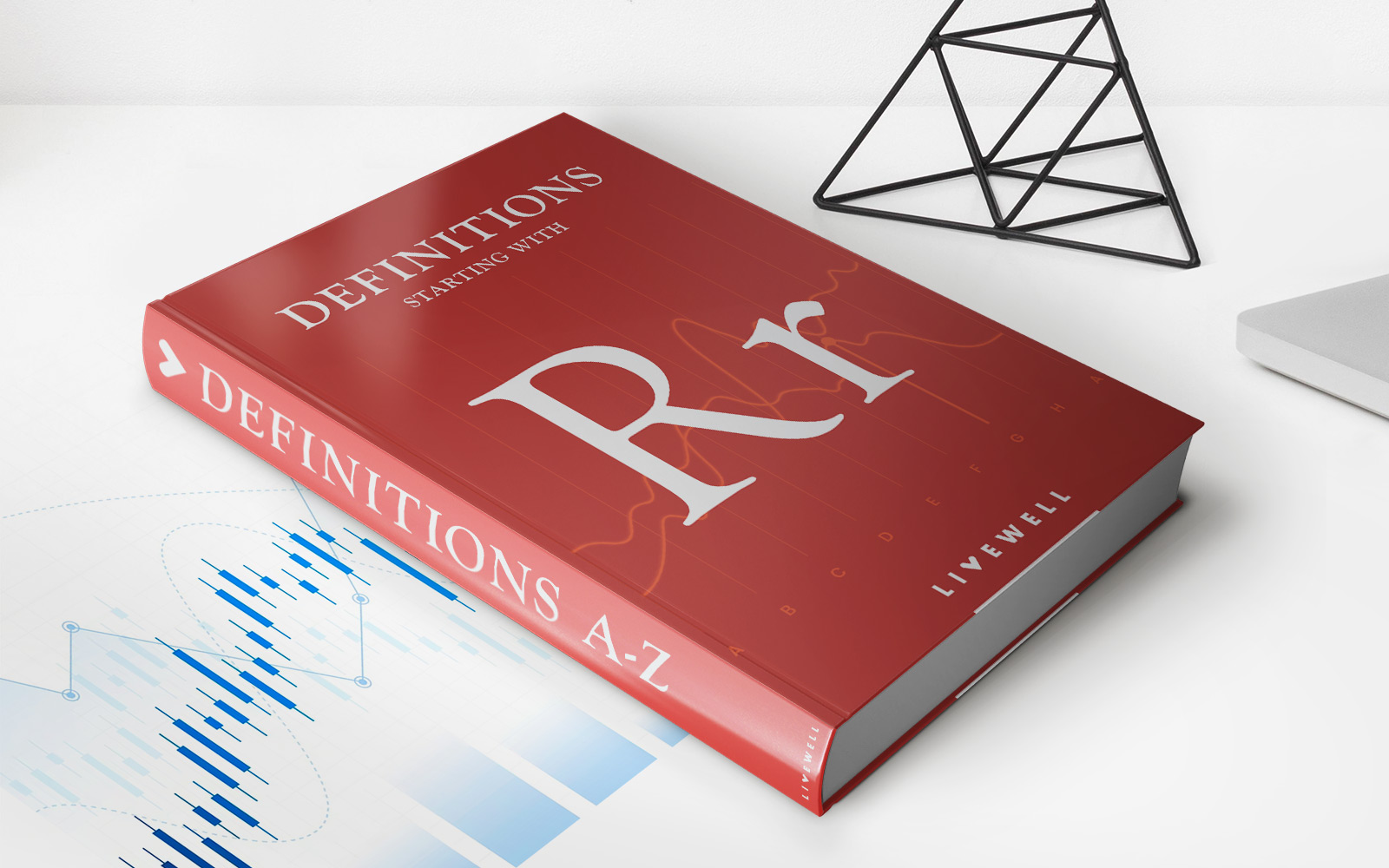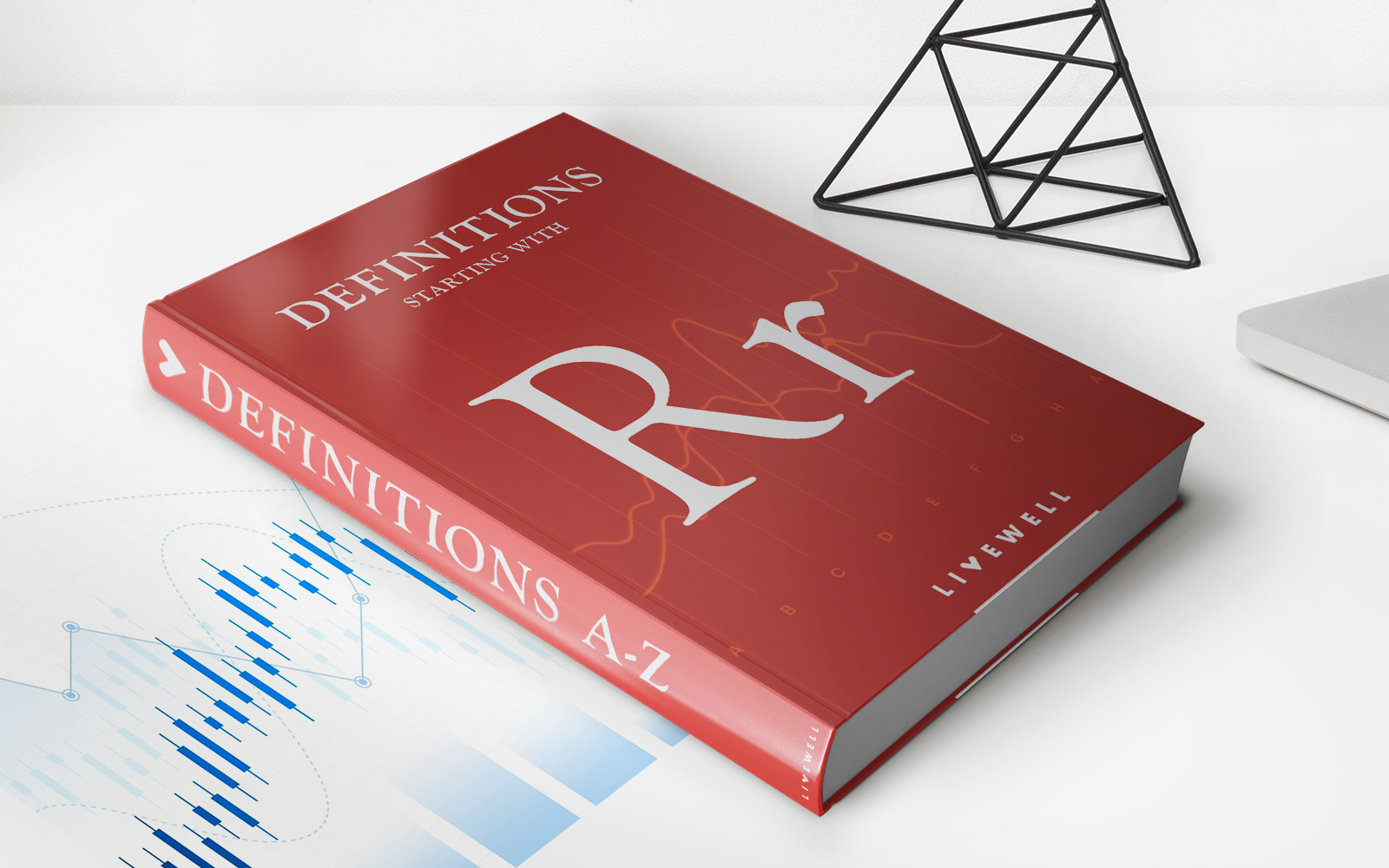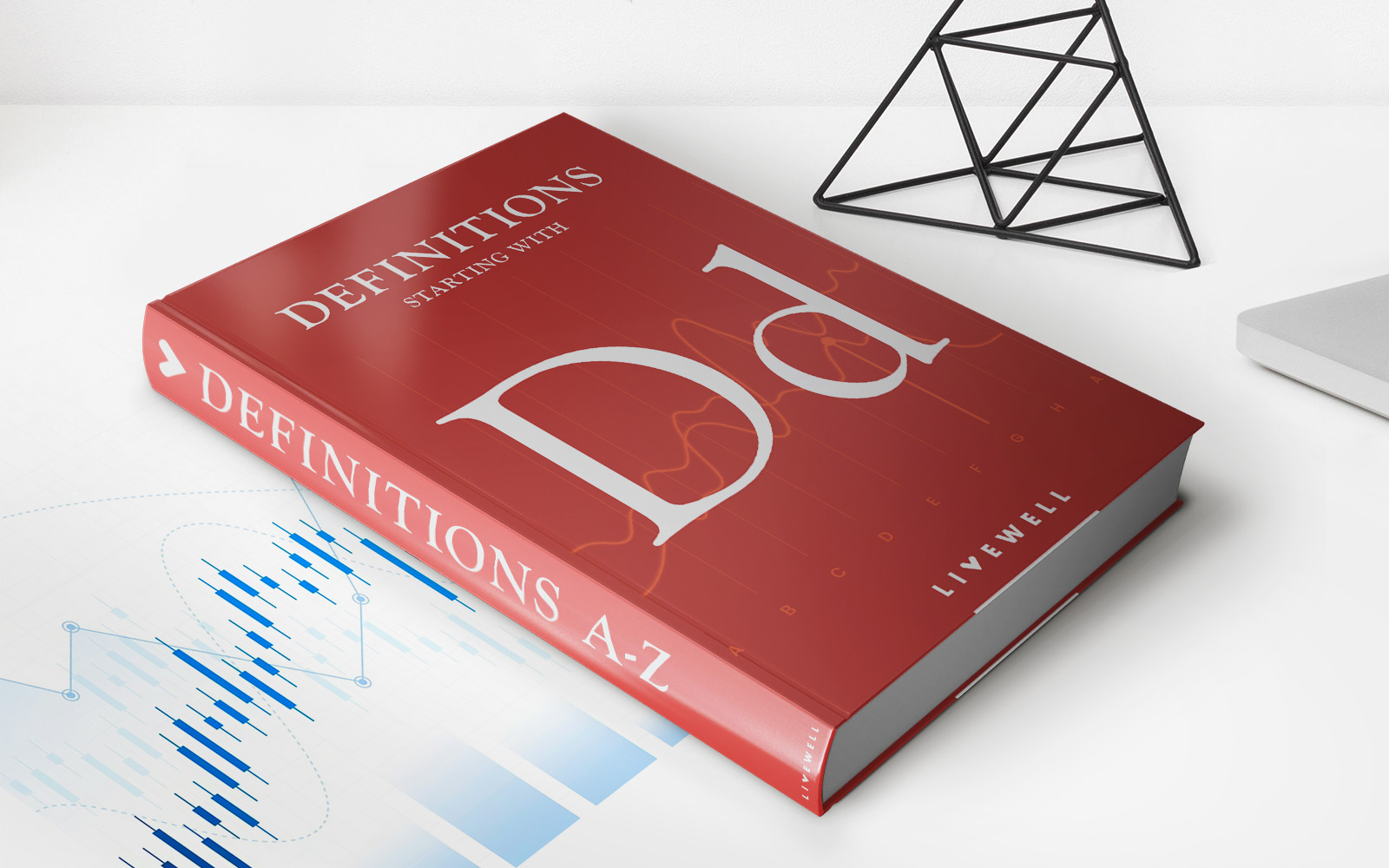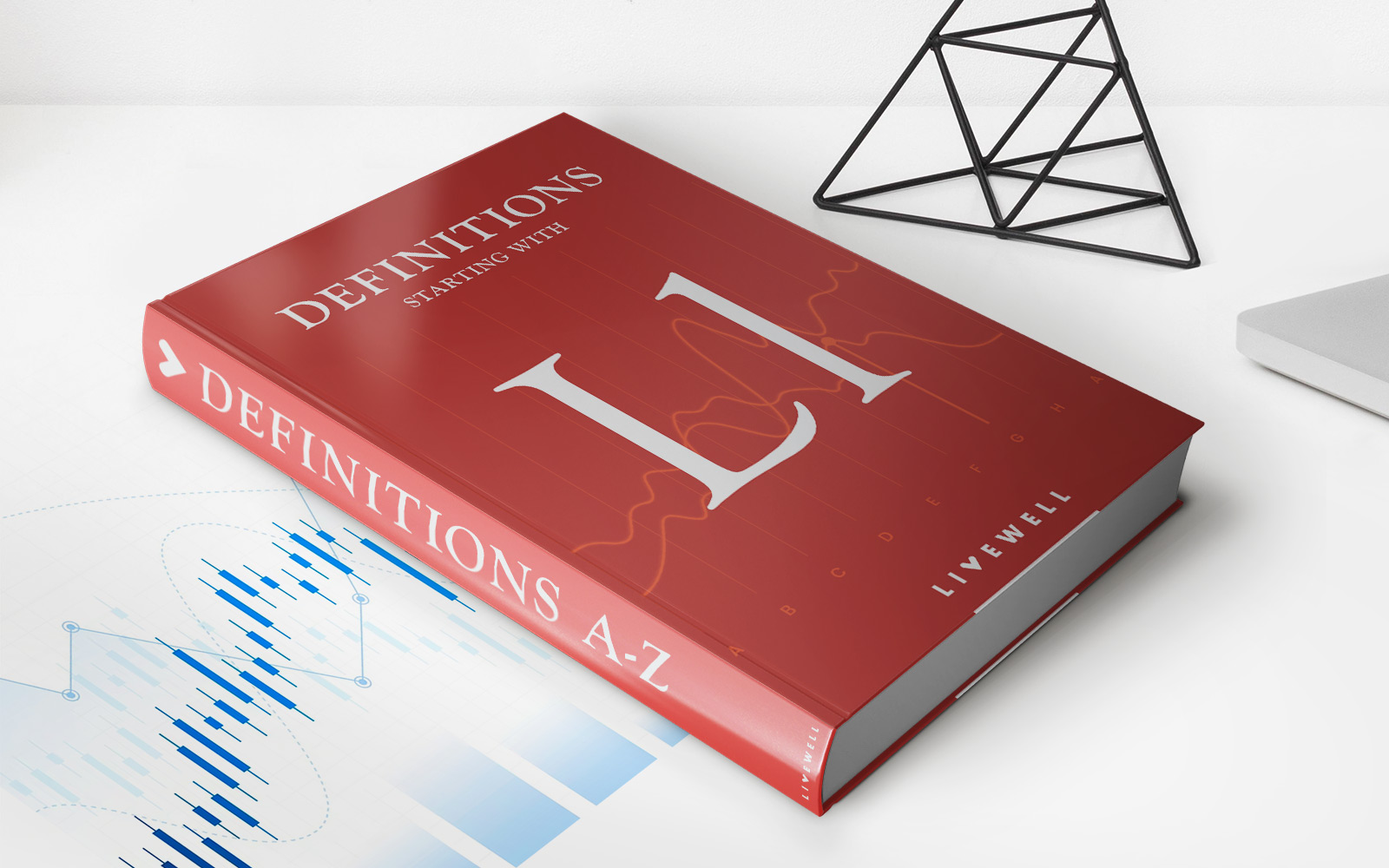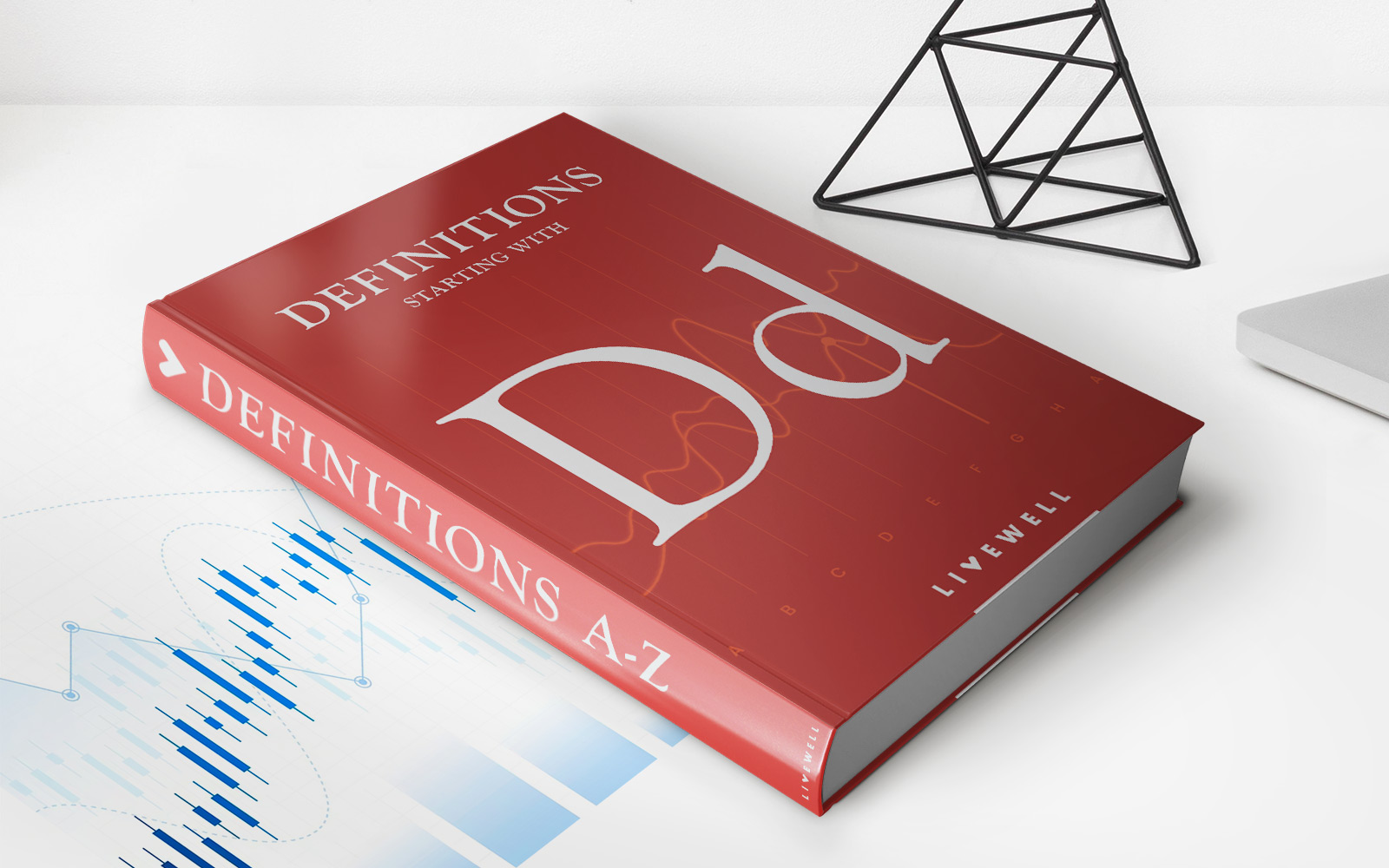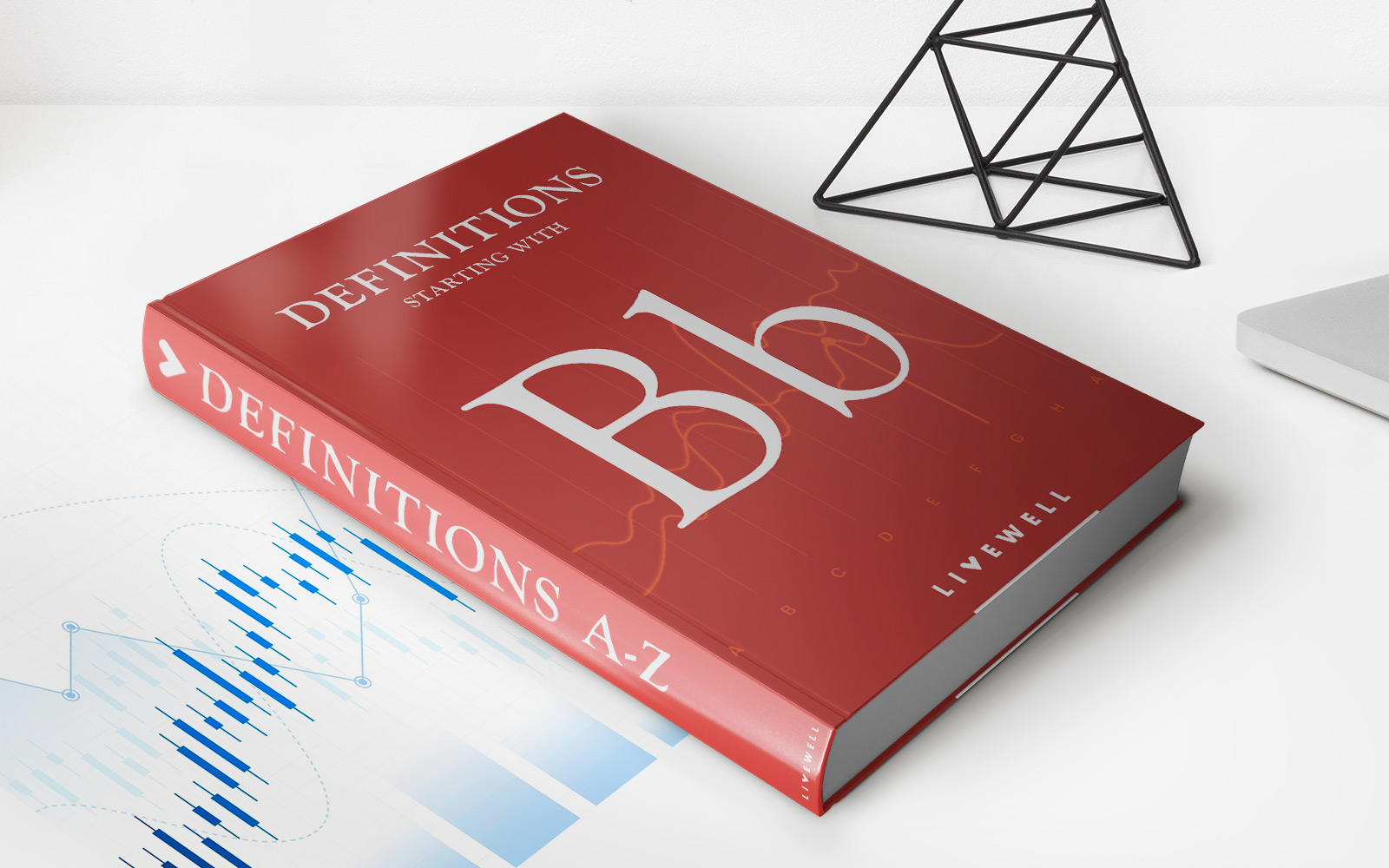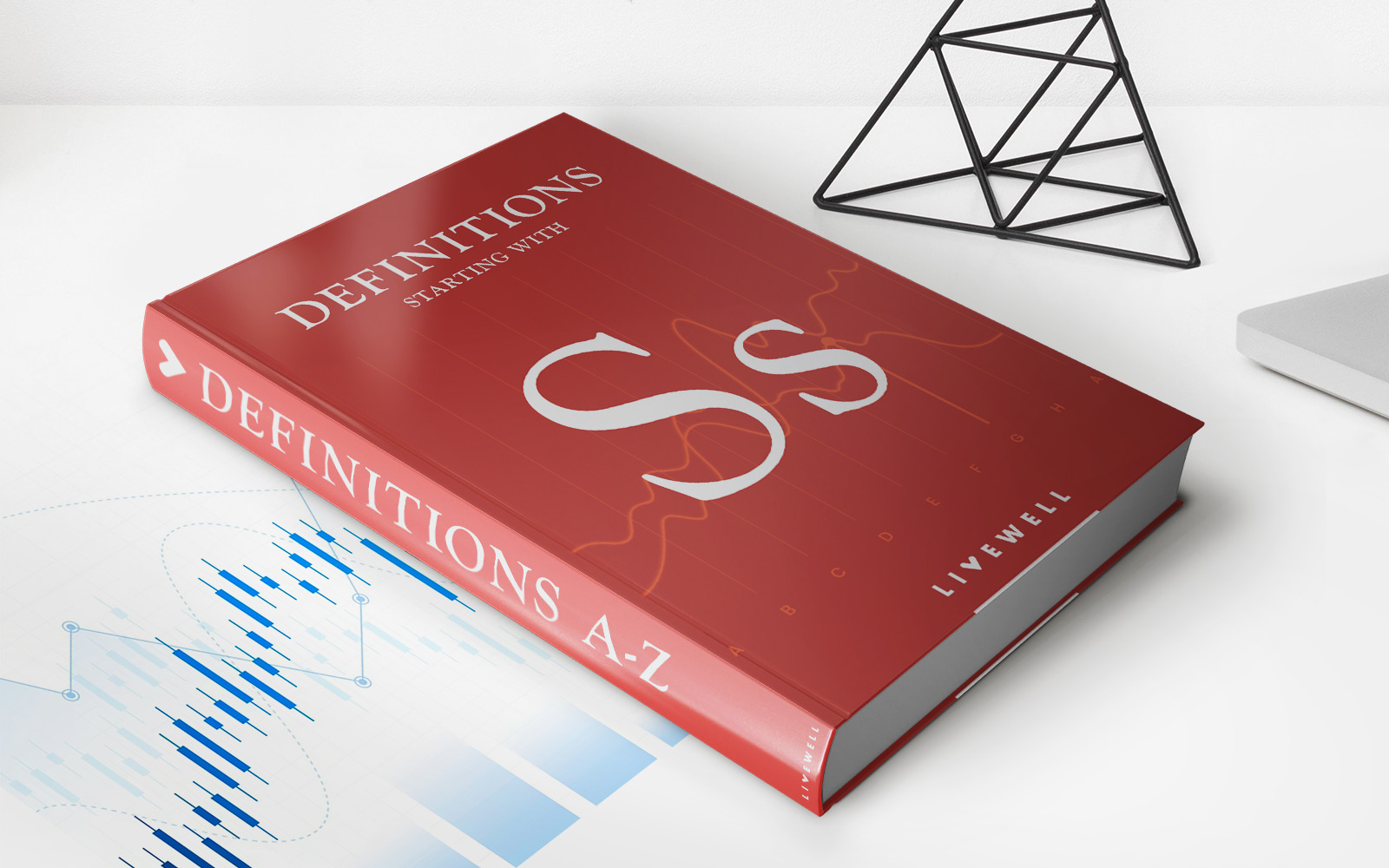Home>Finance>Rebate: Definition, Types, Examples, Vs. Discount
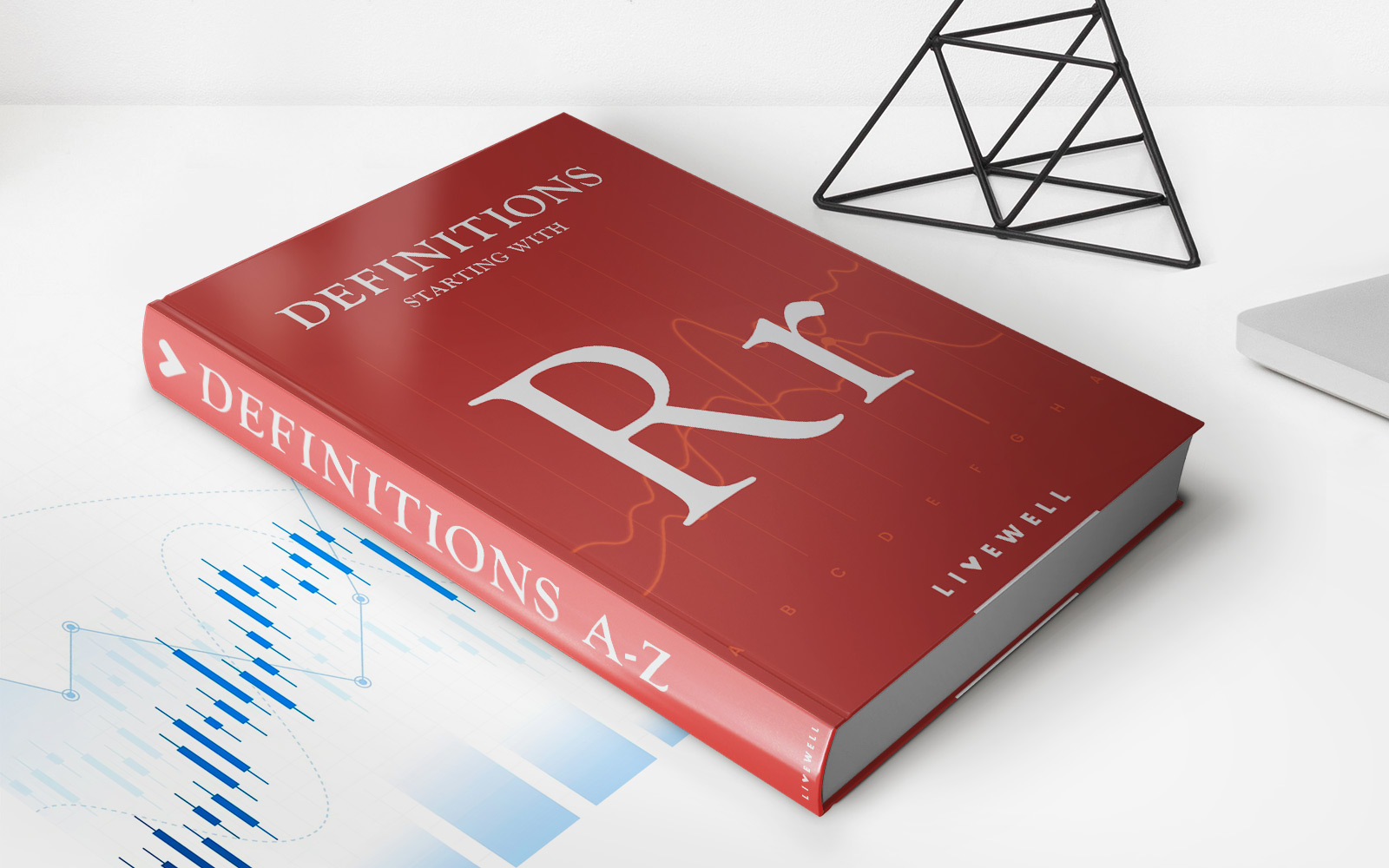

Finance
Rebate: Definition, Types, Examples, Vs. Discount
Published: January 16, 2024
Learn about rebates in finance, including their definition, types, and examples, and how they differ from discounts. Explore the world of financial rebates now!
(Many of the links in this article redirect to a specific reviewed product. Your purchase of these products through affiliate links helps to generate commission for LiveWell, at no extra cost. Learn more)
Rebate: Definition, Types, Examples, Vs. Discount
When it comes to managing our finances, it’s always a good idea to look for ways to save money. One popular money-saving tactic is to take advantage of rebates. But what exactly is a rebate, and how does it differ from a discount? In this blog post, we’ll explore the concept of rebates, discuss the different types available, provide examples, and compare them to discounts.
Key Takeaways:
- A rebate is a partial refund given to a customer after a purchase.
- Rebates can come in the form of cash, gift cards, or product discounts.
What is a Rebate?
A rebate is a promotional offer provided by manufacturers or retailers to encourage customers to purchase their products. It functions as a partial refund given to the customer after the purchase has been made. Unlike a discount, where the price reduction occurs at the point of sale, a rebate requires the customer to submit a claim or fulfill certain conditions to receive the refund. It is a way for businesses to incentivize purchases and drive sales.
Types of Rebates:
There are various types of rebates, each with its own conditions and requirements. Here are some common types:
- Mail-in Rebates: This is the most traditional form of rebate where customers mail in a proof of purchase along with a rebate form to receive the refund.
- Instant Rebates: With instant rebates, the discount is applied at the time of purchase, eliminating the need to wait for a refund. It is deducted directly from the purchase price.
- Online Rebates: Online rebates are similar to mail-in rebates, but instead of mailing in documents, customers submit their claim through an online portal or email.
- Loyalty Program Rebates: Some retailers offer rebates as part of their loyalty programs, rewarding customers for their continued purchases.
Examples of Rebates:
Let’s take a look at a couple of examples to understand how rebates work:
- You purchase a new smartphone for $500. The manufacturer offers a $50 mail-in rebate, which requires you to fill out a form and mail it along with your proof of purchase. After a few weeks, you receive a $50 check in the mail as a partial refund for your purchase.
- A retailer is offering an instant rebate on a laptop. The original price is $1000, but with the instant rebate, you only have to pay $900 at the time of purchase.
Rebate vs. Discount: What’s the Difference?
While both rebates and discounts can save you money, there are some key differences between the two:
- A rebate is a partial refund given after the purchase, while a discount is an immediate price reduction at the time of purchase.
- Rebates often require customers to submit a claim or fulfill certain conditions to receive the refund, whereas discounts are applied automatically.
- Rebates can come in the form of cash, gift cards, or product discounts, while discounts are usually expressed as a percentage or fixed amount off the purchase price.
In conclusion, rebates are a valuable tool for consumers looking to save money on their purchases. Understanding the different types of rebates available and how they differ from discounts can help you make informed decisions when it comes to managing your finances. So, next time you’re in the market for a new product, don’t forget to check if there’s a rebate available – it could be your ticket to some extra savings!
